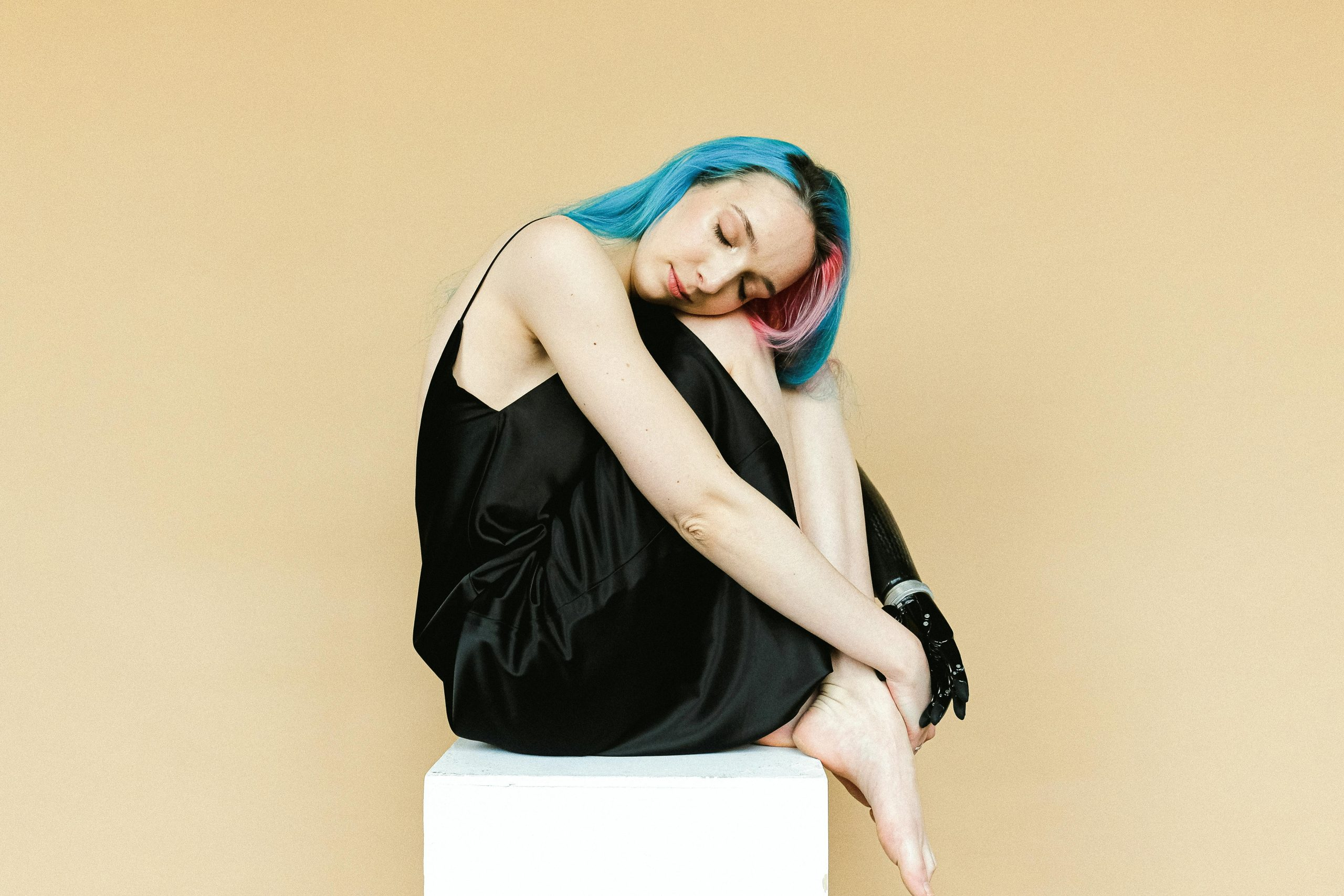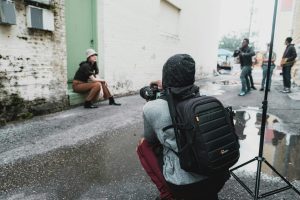How the fashion industry is finally starting to embrace inclusivity
The article must be 2021
The fashion industry has always been known for its glamorous designs, luxury collections, and high-end models. However, there has been a lack of representation and inclusivity in the industry for decades. Fashion has typically been exclusive and catered to a specific body type, race, and gender. But, in recent years, the industry has finally started to embrace inclusivity, and it’s about time.
The Shift Towards Inclusivity
The fashion industry has been heavily criticized for its lack of diversity and inclusivity. But, in the past few years, there has been a noticeable shift in the industry. Brands, designers, and retailers are finally starting to embrace all body types, skin colors, and genders. This change is not only necessary but also long overdue.
The Rise of Diversity in Runways
One of the most significant changes in the fashion industry is the increased representation of diversity on runways. In the past, fashion shows were often dominated by thin, tall, and white models. But now, we see a more diverse group of models walking the runway, including plus-size, transgender, and models of different ethnicities.
This shift is a result of growing pressure from consumers and activists who have continuously called out the lack of diversity in the industry. Brands and designers are finally listening and realizing the importance of representation and inclusivity.
Breaking Stereotypes
Inclusivity in the fashion industry also means breaking stereotypes and challenging the traditional beauty standards. For years, the media and fashion industry have fed us with the idea that only a certain body type and skin color is considered beautiful. But with the rise of inclusivity, we are finally seeing a change in these standards.
Brands are now featuring models of all sizes and skin colors in their campaigns and collections. They are also featuring models with disabilities, body hair, and stretch marks, promoting the idea that beauty comes in all forms.
The Impact of Inclusivity
The move towards inclusivity in the fashion industry is not just a trend; it has a significant impact on society and individuals. By showcasing diversity, fashion is promoting acceptance and celebrating individuality. This has a positive impact on people’s self-esteem and body image.
Moreover, inclusive fashion also allows for more representation of different identities and cultures. It helps create a more accepting and diverse society. Fashion is a powerful tool that has the ability to reflect and shape societal values, and the industry is finally using it to promote inclusivity.
Making Fashion Accessible for All
Inclusivity in fashion is also about making clothing and accessories accessible for all individuals, regardless of their size, abilities, or gender. Brands are now creating inclusive collections that cater to different body types and making their designs more accessible for people with disabilities or limited mobility.
This move not only promotes inclusivity but also acknowledges the fact that people come in different shapes and sizes, and fashion should be able to cater to everyone’s needs. It also opens up a whole new market for brands, increasing their customer base and sales.
The Road Ahead
The fashion industry still has a long way to go in terms of inclusivity. There is a need for more representation of different identities, cultures, and body types. Brands and designers should continue to push the boundaries and challenge the existing beauty standards.
Moreover, inclusivity should not be seen as a one-time trend or a marketing strategy. It needs to be embedded in the core values of the industry. This means hiring a diverse range of employees, promoting inclusivity in all aspects of the business, and supporting diverse voices.
In conclusion, the fashion industry has finally started to embrace inclusivity, and it’s a step in the right direction. It is not just about creating diverse collections and campaigns; it’s about promoting acceptance, challenging stereotypes, and creating a more inclusive society. Let’s hope this is just the beginning of a more diverse and inclusive fashion industry.










